What is a Top Sheet and Do You Need One? Unravelling the Bedding Debate
A top sheet, also known as a flat sheet, is a piece of bedding that lies between the sleeper and their duvet or comforter. Traditionally, it serves as a hygiene barrier, protecting the heavier, more difficult-to-wash layers above from direct contact with the body. Its lightweight fabric offers an additional, easily launderable layer that can be removed or replaced independently of the rest of the bedding ensemble.
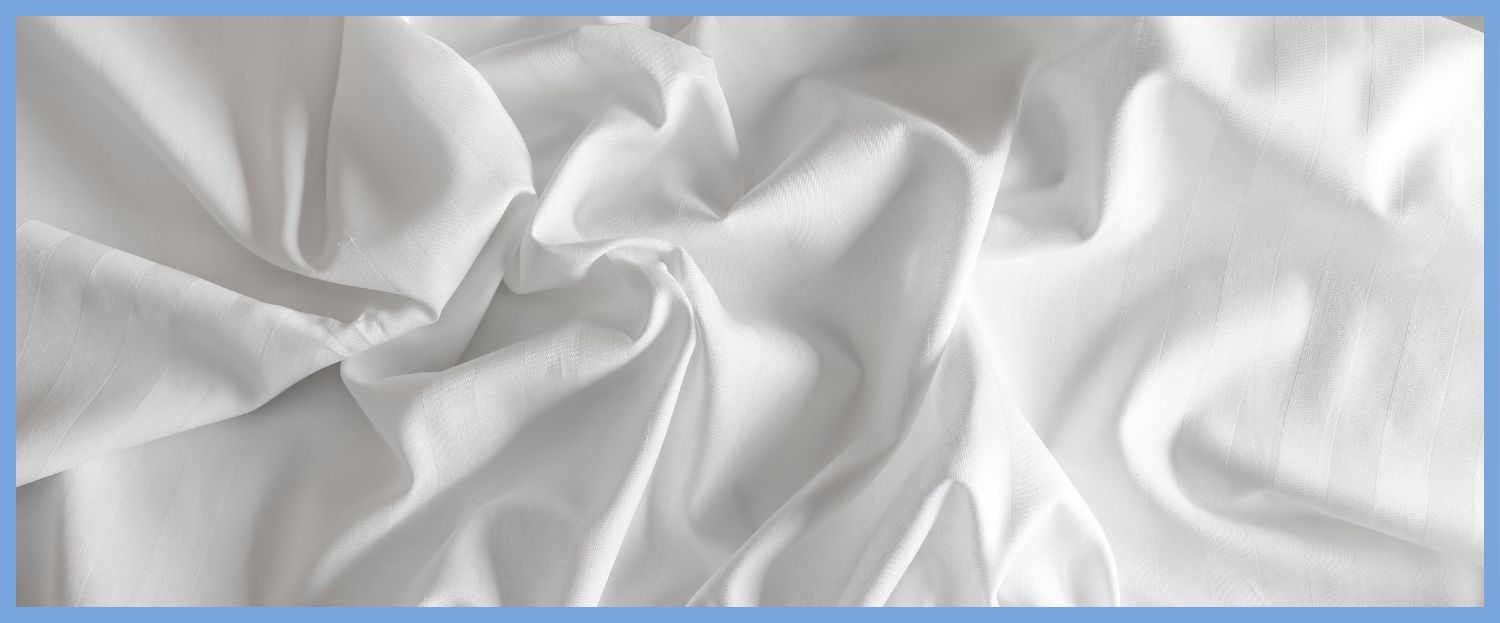
The use of a top sheet is subject to personal preference and cultural norms. In some parts of the world, a top sheet is considered an essential component of a properly made bed. However, in other regions, sleepers may forgo it altogether in favour of duvet covers or other forms of bed coverings that can be cleaned with relative ease.
Determining whether one needs a top sheet ultimately depends on individual comfort preferences, ease of laundering, and desired bedroom aesthetics.
Understanding Top Sheets
In the domain of bedding, top sheets are a layer of comfort and hygiene that also play an aesthetic role in bed dressing.
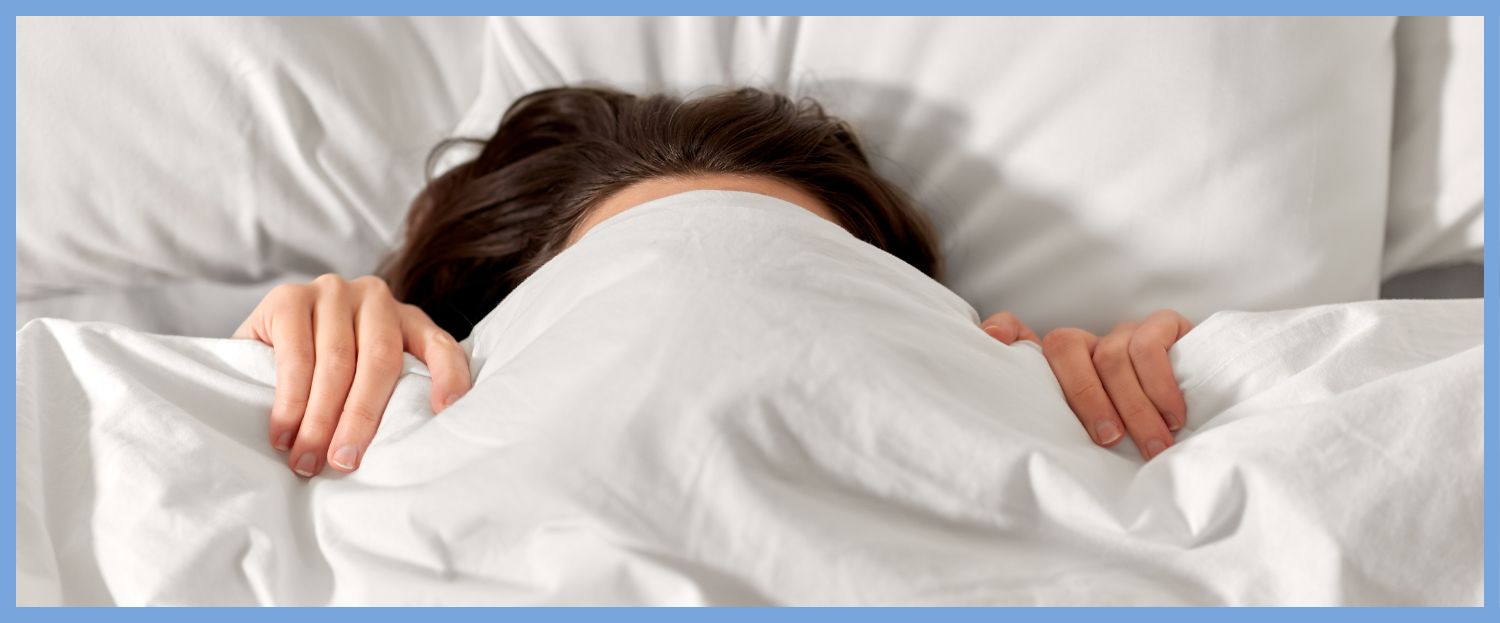
Definition and Purpose
A top sheet, also known as a flat sheet, is typically a large, rectangular piece of fabric which lies between the sleeper and their duvet or blanket. Its primary purpose is to maintain a barrier against sweat and body oils, thereby protecting the duvet cover or blanket, which can be more challenging to launder frequently. The top sheet also provides an additional layer for warmth and can enhance the sleep experience by its soft texture.
Comparison with Other Bedding Layers
The top sheet differs from other bedding layers such as the fitted sheet, which is designed to cover and fit snugly over the mattress. Unlike a fitted sheet, the top sheet is placed loosely over the bed allowing for a comfortable sleeping environment. It is often paired with a duvet cover, which encases and protects the duvet. Here's a simple comparison:
|
Bedding Layer |
Function |
Fit |
|
Top Sheet (Flat Sheet) |
Protects the duvet/blanket; comfort layer |
Loose |
|
Fitted Sheet |
Covers the mattress |
Snug |
|
Duvet Cover |
Encases the duvet |
Varies |
Materials and Weaves
Top sheets come in an array of materials including cotton, silk, and bamboo, as well as various types of weaves, such as sateen, percale, and flannel. Cotton is well-loved for its breathability and durability, while silk offers a luxurious, smooth feel. Bamboo sheets are appreciated for their sustainability and softness. The type of weave affects the texture and thermal properties of the sheet:
- Sateen sheets are known for their silky-soft texture and subtle sheen.
- Percale sheets exhibit a crisp and cool feel, making them ideal for warm sleepers or summer nights.
- Flannel sheets are brushed for extra softness and provide excellent warmth, suitable for colder climates.
Each material and weave offers distinct benefits concerning comfort and linen care, allowing individuals to choose according to their personal preferences and needs.
Benefits of a Top Sheet
A top sheet serves multiple functional purposes, from promoting better hygiene to enhancing overall sleep comfort. It is a valuable addition to any bedding set-up.
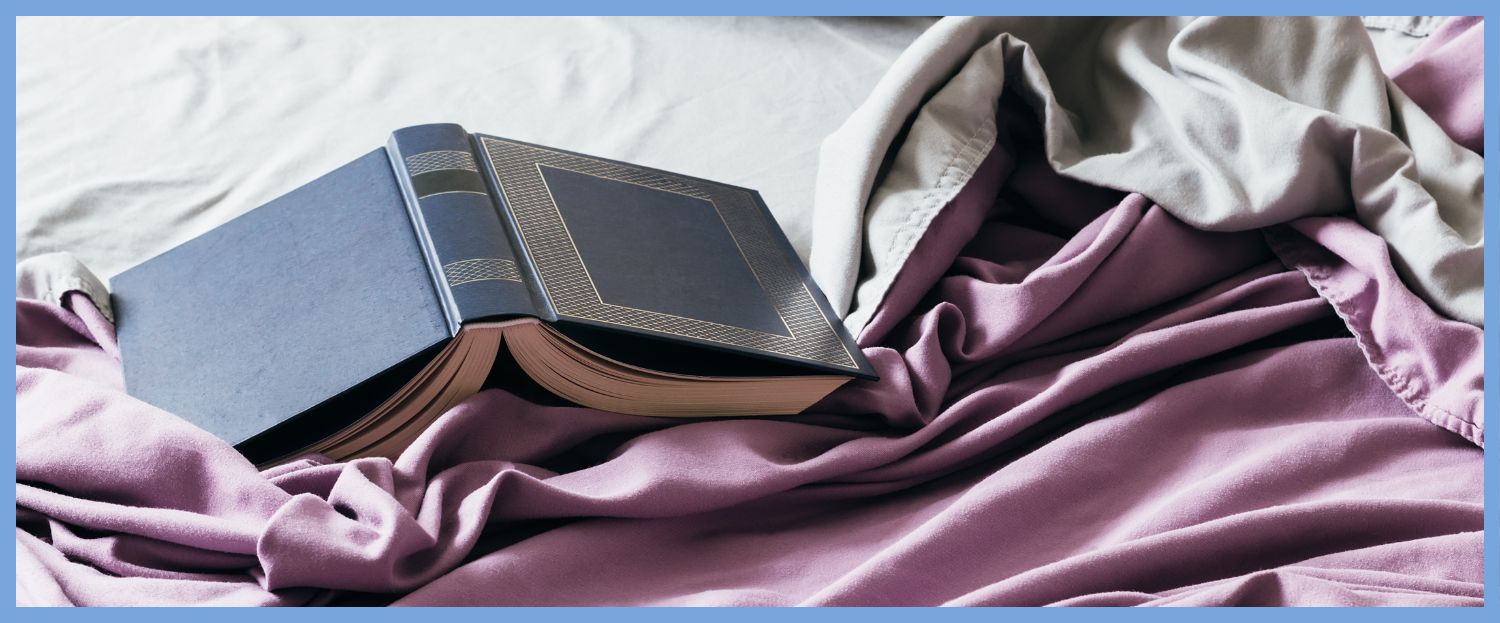
🛁 Hygiene and Health
Top sheets act as a barrier between the sleeper and their duvet or blankets, which means they intercept skin cells, sweat, and oils that are naturally shed during the night. This can lead to a reduction in the accumulation of bacteria and other potential allergens, making the sleeping environment more hygienic and easier to keep clean. Frequent washing of the top sheet alone can maintain a cleaner bed for longer without the need to wash heavier bedding as often.
Hygienic benefits:
-
- Collects shed skin cells and oils
- Reduces bacterial growth
- Easier to wash regularly than bulkier bedding
🧸 Comfort and Breathability
Top sheets, particularly when made of breathable fabrics such as cotton or linen, aid temperature regulation during sleep by allowing air to circulate. This is especially beneficial during summer months or for individuals who tend to sleep hot.
The lightweight nature of a top sheet also offers a layer of comfort without overheating, as it can wick away moisture and help maintain an even body temperature throughout the night.
Comfort aspects:
-
- Supports temperature regulation
- Enhances moisture-wicking properties
- Provides a lightweight layer of warmth
🛡️ Protective Barrier
Using a top sheet extends the lifespan of the more expensive bedding components like duvets and comforters by protecting them from direct contact with the body. This protective layer means less frequent laundering of duvets and blankets is necessary, which can save time and reduce wear and tear.
For people who enjoy the look and feel of a neatly made bed, a top sheet can provide an additional aesthetic layer that can be easily styled or folded back for visual appeal.
Protective benefits:
-
- Shields duvets and blankets from direct body contact
- Minimises the need for frequent washing of bulkier items
- Adds an element of style to bed-making
Common Arguments Against Top Sheets
In the debate on bed linen, the top sheet is a hotly debated item. Its usefulness is often questioned, leading some to forgo it altogether for practical reasons.
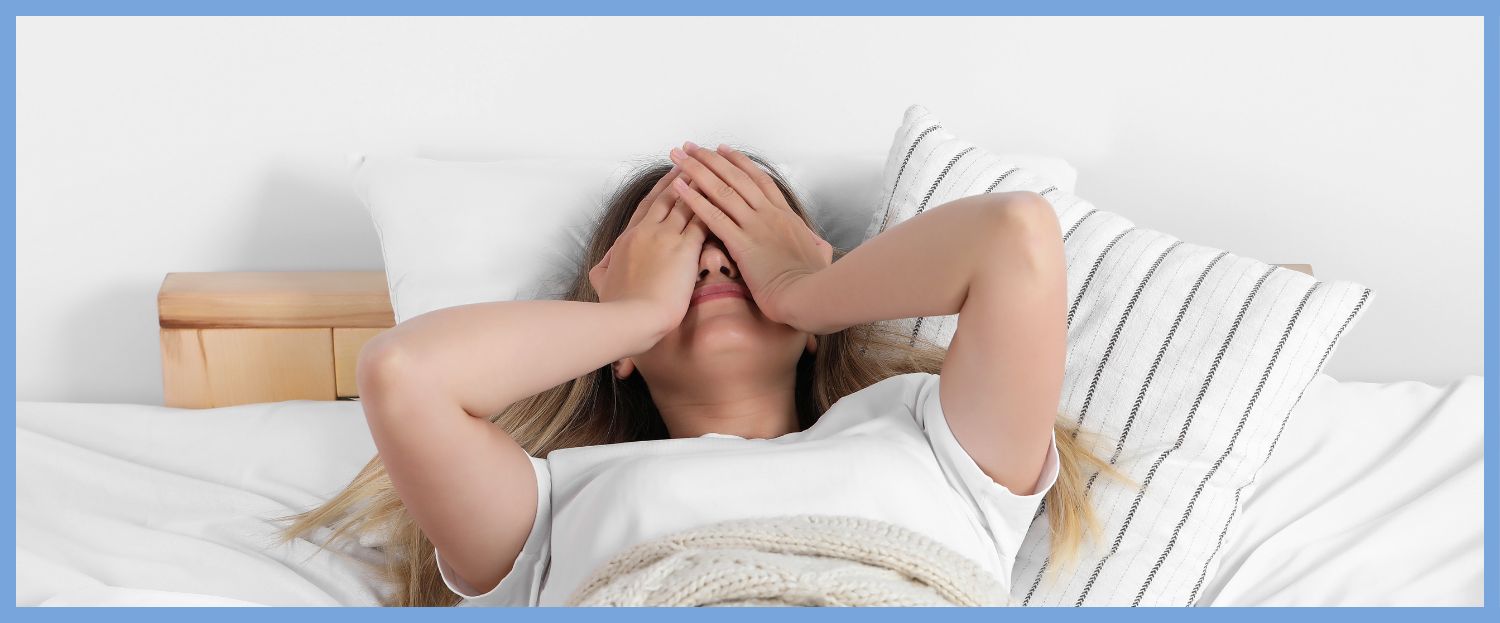
Tangling and Discomfort
One of the primary concerns for those against top sheets is the discomfort caused by tangling. A restless sleeper may find themselves wrapped up or even restrained by a top sheet as they move during the night. This can lead to disrupted sleep and a feeling of constraint.
- Tangling: The top sheet can become twisted, causing discomfort.
- Restless sleepers: Individuals who move a lot when asleep are more likely to experience tangling.
Additional Layering Complexity
A top sheet introduces an extra layer that can complicate the sleeping experience. For some, it becomes a superfluous item that adds unnecessary bulk and warmth, making it particularly unsuitable in warmer climates. This is exacerbated when sleeping with a partner, as differing preferences for layering can lead to discomfort for one or both individuals.
- Bulky: An extra layer that may be cumbersome or too warm, particularly in summer months.
- Partner preferences: Can differ, which might mean that one person prefers the top sheet while the other does not, leading to potential conflict or discomfort.
Bed-Making Hassles
The top sheet can turn the straightforward task of making the bed into a tedious chore. Aligning and evenly distributing a top sheet on a daily basis requires extra effort, which some people prefer to avoid. This is even more pertinent for those who favour a minimalist approach to their bedding or seek efficiency in their daily routines.
- Effort: Additional steps are involved in bed-making.
- Alignment: The top sheet must be properly aligned with the duvet and the rest of the bedding, which can be time-consuming.
Considerations for Purchase and Use
When deciding whether to buy and use a top sheet, consider cultural norms, personal sleep preferences, and the quality of the top sheet. Each aspect plays an integral role in ensuring comfort and satisfaction.
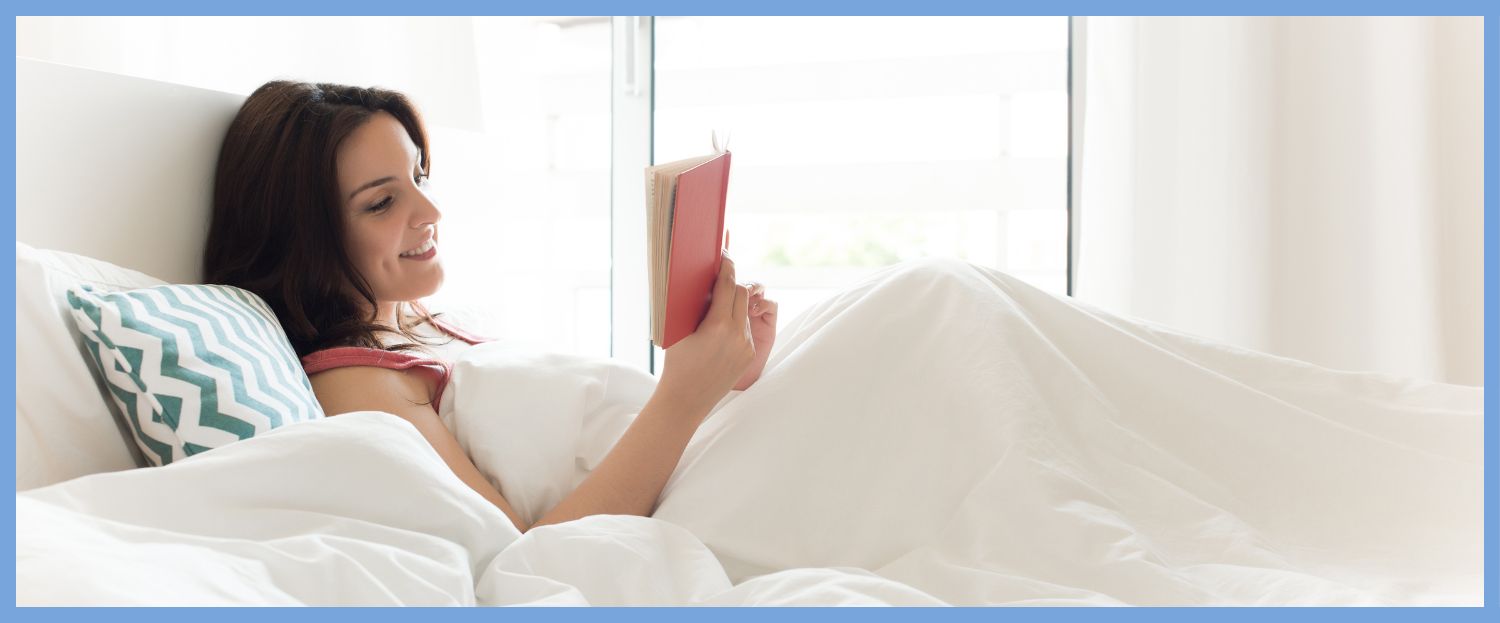
Cultural Preferences
In Europe, the top sheet is often skipped in favour of a duvet with a washable cover. This minimises laundry volume and simplifies bed-making. Americans, however, typically embrace the use of a top sheet for its added hygiene benefits as it acts as a barrier between the sleeper and the duvet, reducing the frequency of washing bulkier bedding.
Personal Sleep Habits
Individual sleep habits dictate the usefulness of a top sheet. Some sleepers may find it restrictive, while others appreciate its separate layer for temperature regulation during the night. Assess your own personal preference, considering comfort and hygiene, as a top sheet can be easily washed to remove germs and other impurities.
Selecting Quality Top Sheets
When selecting a top sheet, quality is paramount. Consider the following attributes:
- Fabrics: Opt for materials like sateen, percale, bamboo, or cotton sheets.
- Thread Count: Look for a high thread count for a more luxurious feel, but don't overlook the weave and quality of the fabric itself.
- Materials: 100% cotton top sheets are generally superior in terms of comfort and breathability.
|
Fabric Type |
Attributes |
|
Sateen |
Smooth, lustrous and warm |
|
Percale |
Crisp, lightweight and cool |
|
Bamboo |
Eco-friendly, soft, moisture-wicking |
|
Cotton |
Classic, breathable, durable |
By considering these aspects when choosing top sheet materials, one ensures a better match for their needs and preferences, promoting restful sleep and maintaining good bedroom hygiene.
Maintenance and Care
Proper maintenance can ensure that a top sheet remains both hygienic and durable for prolonged use. Focusing on the following care aspects can greatly extend the usability and life of top sheets.
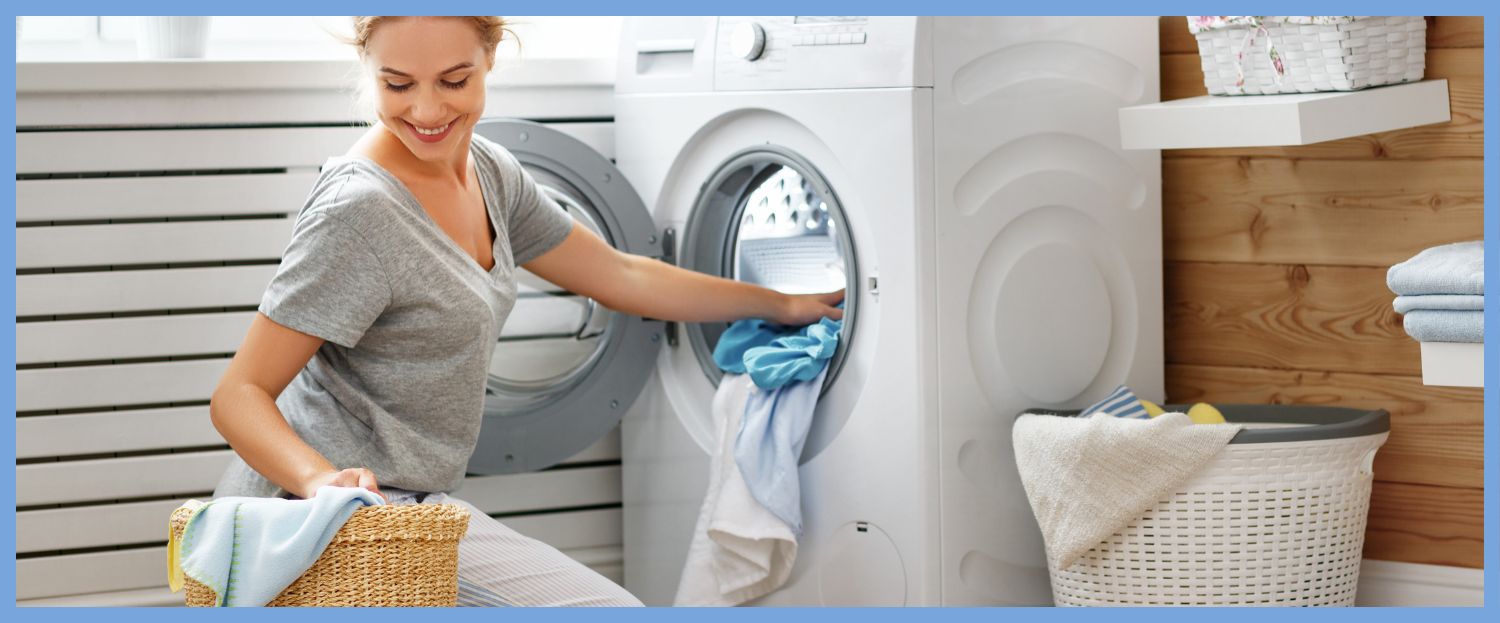
Washing and Drying Tips
Top sheets require regular laundering to remove dirt and oils. They should be machine-washed in warm water with a gentle detergent. The use of a mild detergent is vital to preserve the fabric's condition over time. For drying, it is recommended to tumble dry on a low heat setting. Avoid using bleach and fabric softeners, as these can break down the fibres and reduce the top sheet's longevity.
- 🧼 Wash Frequency: Once a week or more often if necessary.
- 🌡️ Temperature: Warm water, around 30°C – 40°C.
- 🧴 Detergent: Gentle or specific for delicate fabrics.
- 🌞 Drying: Low heat tumble dry; they can also be line-dried away from direct sunlight.
Lifespan and Replacement
The lifespan of a top sheet largely depends on its material and how rigorously it is cared for. High-quality, durable top sheets can last several years if properly maintained. One should consider replacing their top sheet if it shows signs of wear such as thinning, pilling, or permanent staining.
Indicators for Replacement:
- Thinning fabric
- Noticeable pilling
- Loss of softness
- Persistent stains
Environmental Considerations
Choosing eco-friendly and long-lasting top sheets can minimise environmental impact. Sheets made from organic fabrics or certified sustainable sources are preferable. Additionally, proper care reduces the need for frequent replacements, which in turn lessens waste.
Eco-friendly Tips:
- ✅ Select: Organic or sustainably produced materials.
- 🫧 Wash: Full loads to conserve water and energy.
- 🐶 Reuse: Old top sheets as cleaning rags or for pet bedding.
- ♻️ Recycle: If possible, recycle old sheets through textile recycling programmes.
Alternatives to Top Sheets
Many find top sheets unnecessary when opting for other bedding options that provide comfort and ease of use.
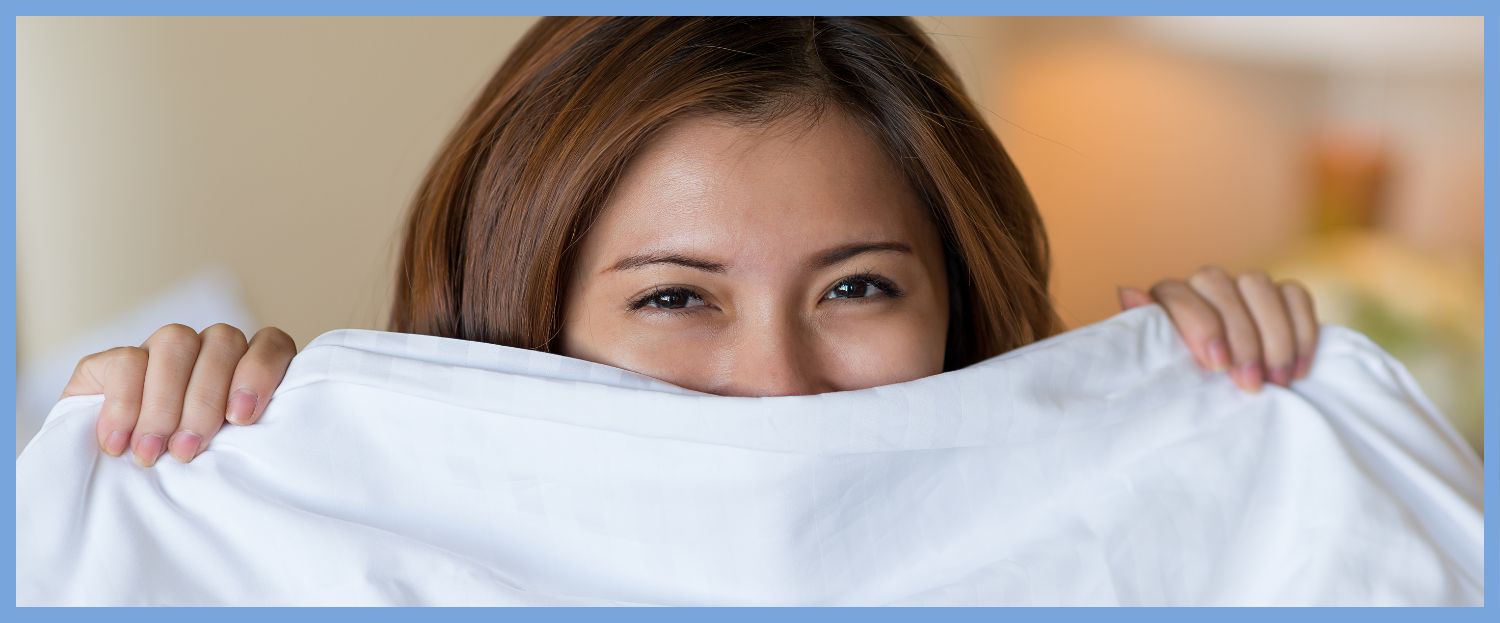
Duvets and Duvet Covers
Duvets and their covers serve as a convenient alternative to the traditional top sheet. A duvet is a soft flat bag filled with down, feathers, or a synthetic alternative. It is typically protected with a removable cover, the duvet cover, which can be easily washed and changed. In contrast to the static nature of top sheets, duvet covers offer the versatility to change the style of a bedroom without an extensive commitment.
Quilts and Comforters
Quilts and comforters both act as single-layer bedding solutions that can eliminate the need for a top sheet. Quilts consist of three layers: a woven cloth top, a layer of batting or wadding, and a woven back, all stitched together in decorative patterns. Whereas, a comforter is a thick, padded, fluffy blanket that's used to keep one warm. It is usually filled with synthetic fibre filler and is quilted or stitched to secure the filling.
Both quilts and comforters are available in various designs, allowing them to function as stand-alone bed covers that add visual appeal to a bed while providing warmth.
Blanket Layers
An alternative approach to top sheets is the use of various blanket layers. You can layer multiple blankets of varying materials and thicknesses to achieve desired warmth and comfort. These layers are easy to adjust according to seasonal changes and personal preference. From lighter cotton blankets to heavier wool or fleece blankets, this method grants an individual the ability to customise their bedding to their exact specifications.
Using these alternatives can streamline the bed-making process and cater to individual preferences for comfort and aesthetics.
Top Sheet Variations for Different Seasons
Choosing the right top sheet for the season can impact one's comfort during sleep. Material weight, fabric breathability, and softness are factors that should be considered for optimal seasonal use.
☀️ Summer and Hot Sleepers
During summer, hot sleepers typically prefer a top sheet that is lightweight and breathable to prevent overheating. A thin top sheet made from materials like cotton or bamboo has moisture-wicking properties and allows for air circulation. These fabrics provide a cool and soft surface, which is essential in maintaining comfort on warm nights.
|
Material |
Properties |
Seasonal Suitability |
|
Cotton |
Breathable, Lightweight |
Summer |
|
Bamboo |
Soft, Moisture-Wicking |
Summer |
|
Linen |
Highly Breathable, Durable |
Summer |
|
Tencel |
Eco-Friendly, Moisture-Absorbent |
Summer |
❄️ Winter and Cosy Preferences
Those seeking a cosy feel during the colder months might opt for a top sheet made of flannel. Flannel sheets provide extra warmth due to their slightly heavier weight and ability to retain heat. A flannel top sheet's brushed surface also offers a particularly soft touch, appealing to sleepers who value comfort and a snug sensation.
|
Material |
Properties |
Seasonal Suitability |
|
Flannel |
Warm, Soft Surface |
Winter |
|
Polyester |
Insulating, Cost-Effective |
Winter |
|
Jersey |
Stretchy, Soft |
Year-Round |
Selecting the correct material and weight for a top sheet can help ensure comfort throughout the year, whether one is trying to stay cool in the summer or warm in the winter.
Closing Remarks on Top Sheets
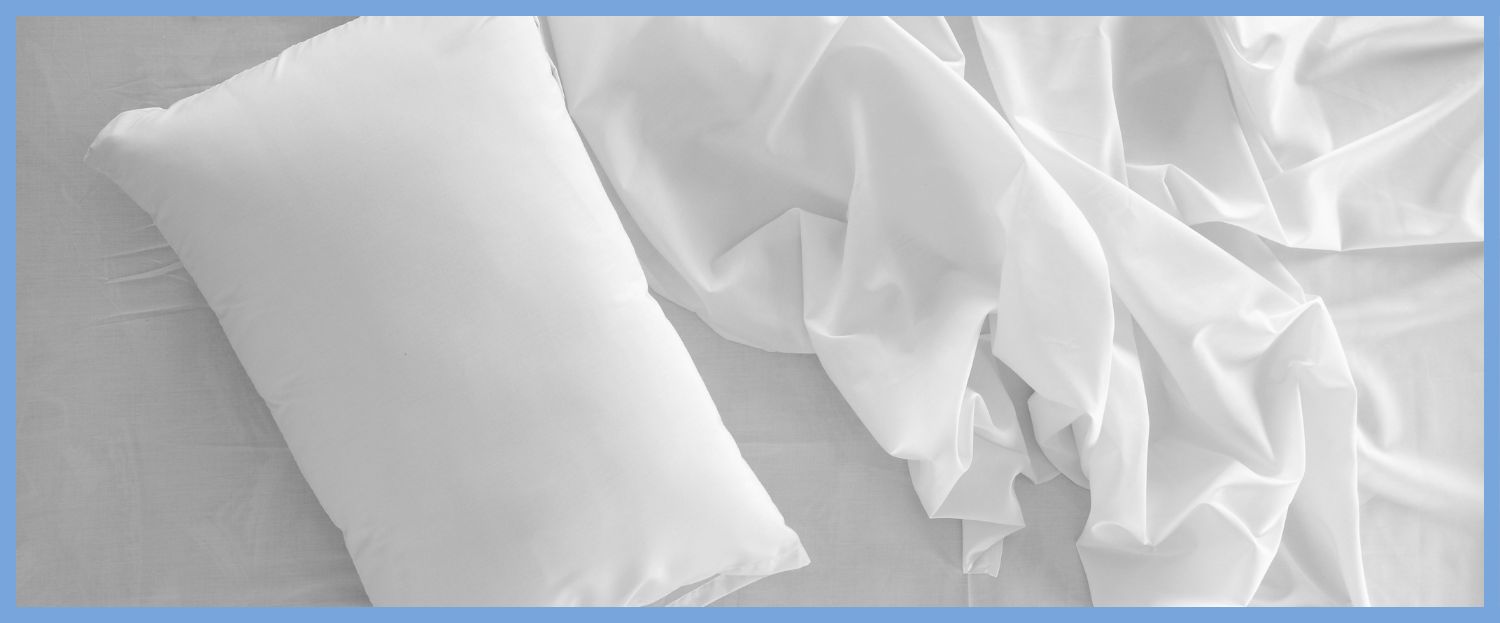
When it comes to the decision of using a top sheet, personal preference plays a significant role. Some individuals find a top sheet to be an indispensable component of their bedding due to the added layer of comfort it provides, while others consider it unnecessary, opting instead for the direct softness of a duvet or comforter. The proponents of top sheets often highlight its ability to simplify bed-making, as it can be much easier to launder a top sheet than a bulky duvet cover.
Experts in the field of home textiles assert that a top sheet may extend the lifespan of a duvet by reducing the frequency of washes. This could be seen as both an economical and a practical benefit, contributing to long-term savings.
On the other hand, detractors argue that top sheets can complicate sleeping, potentially leading to a tangled mess. Moreover, the removal of a top sheet from the bedding configuration can simplify the process of making a bed, a factor that some value for the sake of efficiency.
|
Pros |
Cons |
|
Enhances comfort |
Can tangle during sleep |
|
Protects duvet, reducing washes |
Considered unnecessary by some |
|
Simplifies bed-making |
May complicate bed-making for others |
|
Offers a layer of cleanliness |
In summary, the question of whether to use a top sheet is one that individuals must answer based on their prioritisation of comfort, ease of use, and the value they place on the protective qualities of the sheet. It is a matter of balancing the pros and cons, and ultimately, determining what best aligns with one's preferences and bedding maintenance habits.




